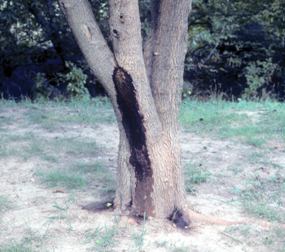
Mary Francis Heimann, O.S.F., Distinguished Outreach Specialist emerita at the University of Wisconsin-Madison and Brian Hudelson, UW-Madison Plant Pathology
Revised: 8/13/2012
Item number: XHT1193
What is bacterial wetwood?
Bacterial wetwood, also known as “slime flux”, is a visually frightening-looking, but typically non-lethal, disorder of many types of deciduous trees. This disorder can reduce the aesthetic appeal of landscape trees, and more seriously, can substantially reduce the value of forest trees used for lumber. Bacterial wetwood most commonly affects elm and poplar, but can also be a serious problem on aspen, maple, and mulberry.
What does bacterial wetwood look like?
Trees suffering from bacterial wetwood are characterized by having areas where liquid oozes from their trunks. This ooze may flow quite freely at certain times of the growing season, but then may stop flowing at others. The ooze leads to streaked, discolored, water-soaked areas on tree trunks. The ooze is often colonized by bacteria, as well as yeasts and other fungi. These organisms can give the ooze a slimy, sometimes brightly-colored (i.e., pink or orange) appearance as well as a highly disagreeable, rancid smell. Internally, bacterial wetwood can be associated with localized areas of wood decay.
Where does bacterial wetwood come from?
Bacterial wetwood arises when localized wet areas develop in the heartwood or sapwood of tree trunks. These areas are colonized by a diverse assortment of bacteria (e.g., Enterobacterium, Klebsiella, Pseudomonas and many others) that can enter trees through root, branch or trunk wounds. As these bacteria feed and grow, often under anaerobic conditions (i.e., conditions without oxygen), they can produce gases such as methane, carbon dioxide, or nitrogen gas. These gases build up pressure causing movement of interior liquids to the exterior of the trunk where they escape through wounds and cracks.
How do I save a tree with bacterial wetwood?
Bacterial wetwood is a chronic disorder, and affected trees cannot be cured. To limit the unsightly staining of bark caused by bacterial wetwood, try to identify where the ooze is exiting from the trunk and insert a long, plastic tube at this location to direct the ooze away from the trunk and to the ground at the base of the tree. There has been some speculation that the build-up of gases due to bacterial wetwood might cause a tree to explode. However, there have been no reliable reports of this ever happening.
How do I avoid problems with bacterial wetwood in the future?
There is little you can do to prevent problems with bacterial wetwood. Many affected trees were likely invaded by wetwood-associated bacteria in the seedling stage. Developing a healthy tolerance for bacterial wetwood, when it occurs, is perhaps the best method for coping with this disorder.
Download Article





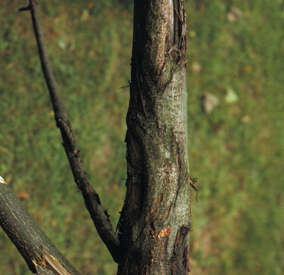 Butternut Canker
Butternut Canker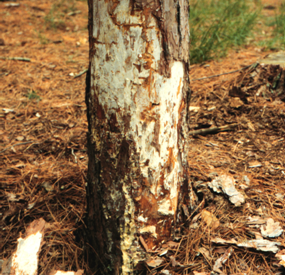 Armillaria Root Disease
Armillaria Root Disease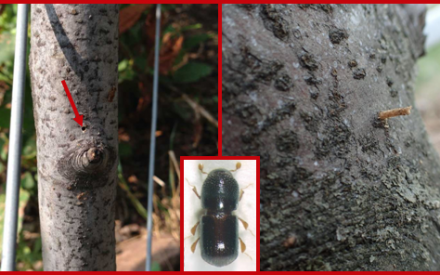 Black Stem Borer
Black Stem Borer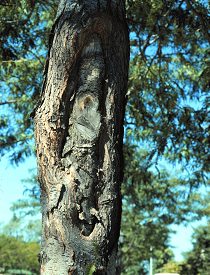 Nectria Canker
Nectria Canker


